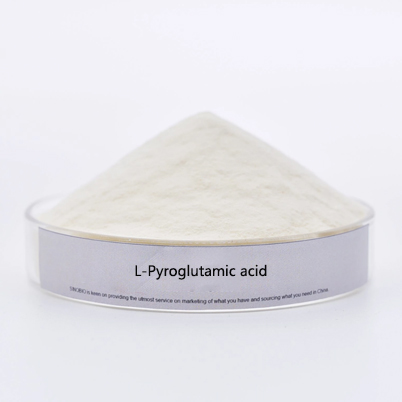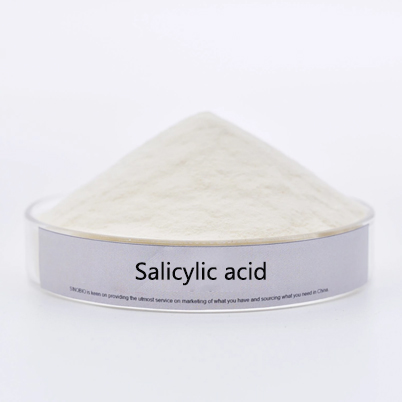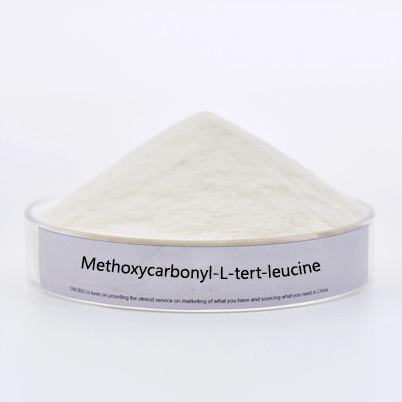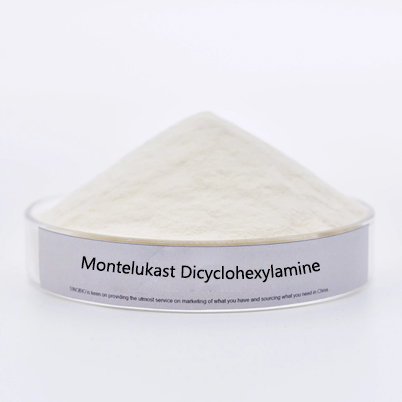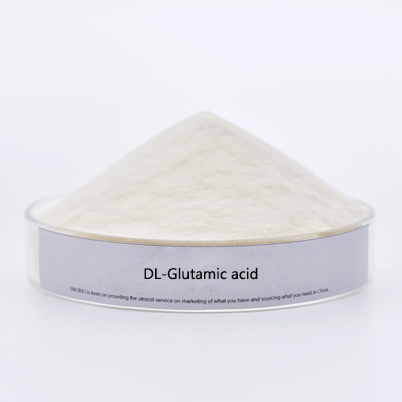- E-mail : info_medicalmarketing@jindunmedical.com
- Phone : +86 21 64057580
- Address : Shanghai China
Limited Clinical exertion Attributed to Alternate- Line Treatment With Linagliptin Plus Atezolizumab in Gastric/ GEJ Melanoma
Findings from the phase 1b/ 2 MORPHEUS study indicated that cases with gastric and gastroesophageal junction cancer endured limited responses to alternate- line linagliptin plus atezlolizumab.
Alternate- line treatment with linagliptin( Tradjenta) plus atezolizumab( Tecentriq) for cases with locally or advanced metastatic gastric and gastroesophageal junction cancers redounded in limited clinical exertion, according to a donation on the phase 1b/ 2 MORPHEUS platform( MORPHEUS; NCT03281369) at the 2021 European Society of Medical Oncology Congress.
Among 14 cases who entered atezolizumab plus linagliptin, a dipeptidyl peptidase- 4( DPP- 4) asset, only 3 displayed responses, leading to a verified investigator- assessed objective response rate( ORR) of21.4( 95 CI,4.7-50.1).
Among the 12 cases in the active comparator arm who entered ramucirumab( Cyramza) plus paclitaxel, there were 2 responses and the investigator- assessed ORR was16.7( 95 CI,2.1-48.4), Jeeyun Lee, MD, associate professor of hematology/ oncology, Samsung Medical Center, Sungkyunkwan University School of Medicine, in Seoul, Republic of Korea, and coinvestigators reported in a bill donation delivered during the meeting.
The authors hypothecated that adding linagliptin, an approved drug to treat cases with diabetes, to atezolizumab could stimulate antitumor vulnerable responses “ given the part of DPP- 4 in the regulation of several proinflammatory chemokines and intratumoral T- cell reclamation, ” they wrote in their bill.
Trials under the MORPHEUS platform are assessing the significance of contemporaneously targeting multiple mechanisms of vulnerable escape through vulnerable cell priming and activation, excrescence infiltration and/ or recognition of excrescence cells for elimination.
Cases in the gastric cancer arm of MORPHEUS had histologically or cytologically verified locally advanced, unresectable, or metastatic gastric cancer or GEJ adenocarcinoma who had progressed during or following first- line platinum- or fluoropyrimidine- containing chemotherapy. Cases were randomized to atezolizumab at 1200 mg intravenously( IV) every 3 weeks on day 1 of every 21- day cycle plus linagliptin at 5 mg/ day orally on day 1 of every 21- day cycle, or ramucirumab at 8 mg/ kg IV on days 1 and 15 of every 28- day cycle plus paclitaxel at 80 mg/ m2 IV on days 1, 8, and 15 of every 28- day cycle.
The chance of actors with investigator- assessed objective response, as determined by RECIST v1.1 criteria, was the primary end point. Secondary end points were investigator- assessed progression-free survival( PFS), complaint control rate( DCR), and duration of response( DOR), as well as overall survival, safety, pharmacokinetics, and exploratory biomarker analyses.
A total14.3 of cases in the atezolizumab/ linagliptin arm were at least 65 times old compared with50.0 in the ramucirumab/ paclitaxel arm. All 13 cases in the atezolizumab/ linagliptin arm for whom birth lactate dehydrogenase( LDH) situations were available had an LDH position lower than1.5 times the upper limit of normal compared with58.3( n = 7/12) in the active comparator arm.
fresh findings showed that the 3 askers in the atezolizumab plus linagliptin arm, 1 had a complete response( CR;7.1) and 2 had a partial response( PR;14.3). Two cases(14.3) had stable complaint( SD) and 8(57.1) had progressive complaint( PD). The median duration of response( DOR) in this arm was20.0 months( range,3.5-31.3), the DCR was21.4, and 13 cases(92.9) had a progressive event or failed.
In the active comparator arm with the16.7 ORR, there were with 0 CRs and 2(16.7) PRs. Eight(66.7) cases had SD as a stylish response and 2(16.7) had PD. The median DOR was3.3 months( range,2.9-3.7), and the DCR was66.7.
Results also showed that the median progression-free survival( PFS) in the atezolizumab/ linagliptin arm was2.0 months and the median overall survival( zilches) was8.6 months. There were 10(71.4) deaths in this arm. In the ramucirumab/ paclitaxel arm, the median PFS was6.1 months, the median zilches was8.3 months, and all 12 cases failed.
Regarding safety, all cases in both arms had at least 1 adverse event( AE); the rates of grade3/4 AEs were50.0 in the atezolizumab/ linagliptin arm vs75.0 in the active comparator arm. Treatment- related AEs that led to cure variations or interruptions passed in7.1 and75.0, independently, and AEs that led to pullout from treatment passed in 0 and8.3, independently.
Biomarker analyses didn't identify trends related to clinical exertion. One case randomized to atezolizumab/ linagliptin who achieved a CR had microsatellite insecurity – high status, an lit excrescence phenotype, and had moderate PD- L1 immunohistochemical staining.
Of the 2 in this arm with a PR, 1 had an lit excrescence phenotype and PD- L1 – high( vulnerable cell; 15) expression and the other had a desert excrescence phenotype and low PD- L1 expression. All cases treated with atezolizumab plus linagliptin had a 50 to 90 reduction in DPP- 4 exertion at cycle 1 day 15 compared with birth; a reduction that was generally maintained.
-
date
2022-11-22
-
location
Shanghai, China






































